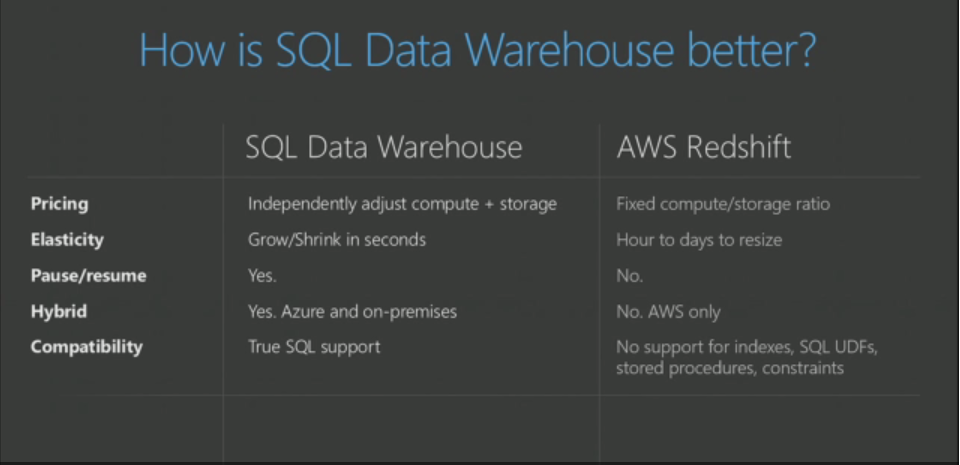

These results are pertinent to models of galaxy–halo connection during the epoch of reionization. Finally, we show that the baryonic effects on halo concentrations at z ≈ 5 are relatively insensitive to environmental variations of reionization history. However, their overall effects are much less than if all the baryons were simply centrally concentrated indicating that heating processes efficiently counteract cooling effects. Baryons in more » full-physics simulations do pull matter toward the center, increasing the maximum circular velocity compared to dark-matter-only simulations. We compare concentrations of halos matched between full-physics simulations and dark-matter-only simulations with identical initial conditions between 5 ≤ z ≤ 9. We use two different measures of halo concentration to quantify the effects. We investigate how baryonic physics during the epoch of reionization modify the structure of dark matter halos in the Cosmic Reionization On Computers (CROC) simulations. However, it is not well understood how the radiation fields prevalent during the epoch of reionization affect the evolution of concentration in dark matter halos.

(LBNL), Berkeley, CA (United States) Sponsoring Org.: USDOE Office of Science (SC), High Energy Physics (HEP) USDOE Office of Science (SC), Workforce Development for Teachers and Scientists (WDTS) National Science Foundation (NSF) OSTI Identifier: 1838503 Report Number(s): FERMILAB-PUB-21-710-T arXiv:2109.13252 Journal ID: ISSN 0004-637X oai::1932658 TRN: US2301020 Grant/Contract Number: AC02-07CH11359 AC02-06CH11357 OCI-0725070 ACI-1238993 Resource Type: Accepted Manuscript Journal Name: The Astrophysical Journal Additional Journal Information: Journal Volume: 928 Journal Issue: 2 Journal ID: ISSN 0004-637X Publisher: IOP Publishing Country of Publication: United States Language: English Subject: 79 ASTRONOMY AND ASTROPHYSICS Lyman alpha forest reionizationīaryons both increase halo concentration through adiabatic contraction and expel mass through feedback processes. (FNAL), Batavia, IL (United States) Lawrence Berkeley National Lab. Publication Date: Research Org.: Fermi National Accelerator Lab. (FNAL), Batavia, IL (United States) Univ. of California, Berkeley, CA (United States) Fermi National Accelerator Lab.


 0 kommentar(er)
0 kommentar(er)
